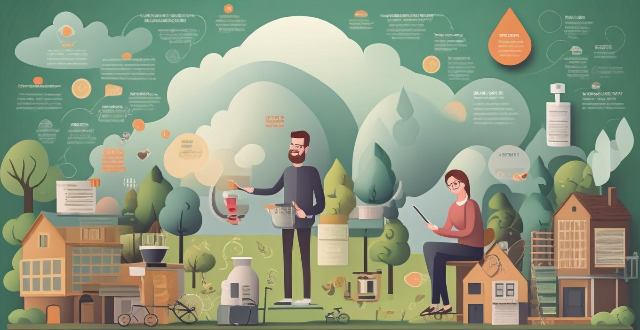Climate change poses a significant threat to biodiversity, but there are several innovative solutions that can help mitigate its effects. These include protecting and restoring habitats, promoting sustainable land use practices, encouraging biodiversity-friendly farming practices, supporting indigenous communities, investing in research and technology, and promoting education and awareness. By implementing these strategies, we can create more resilient ecosystems that are better able to withstand the impacts of climate change.

Innovative Solutions for Mitigating the Effects of Climate Change on Biodiversity
Climate change is one of the most pressing environmental issues facing our planet today. It poses a significant threat to biodiversity, as changing temperatures and weather patterns can disrupt ecosystems and threaten the survival of many species. However, there are several innovative solutions that can help mitigate the effects of climate change on biodiversity. These include:
1. Protecting and Restoring Habitats
One of the most effective ways to protect biodiversity in the face of climate change is to protect and restore habitats. This involves creating protected areas where species can thrive without interference from human activities. Additionally, restoring degraded habitats can provide new homes for species that have been displaced by climate change.
2. Promoting Sustainable Land Use Practices
Sustainable land use practices such as reforestation, afforestation, and sustainable agriculture can help reduce greenhouse gas emissions while also providing habitats for diverse species. These practices can help to maintain soil health, prevent erosion, and promote biodiversity.
3. Encouraging Biodiversity-Friendly Farming Practices
Farming practices that prioritize biodiversity can help to mitigate the effects of climate change on wildlife. This includes practices such as crop rotation, intercropping, and reducing the use of pesticides and fertilizers. By promoting biodiversity-friendly farming practices, we can create more resilient ecosystems that are better able to withstand the impacts of climate change.
4. Supporting Indigenous Communities
Indigenous communities often have unique knowledge about how to manage natural resources sustainably. Supporting these communities through policies that recognize their rights and provide them with resources can help to protect biodiversity in the face of climate change. Additionally, indigenous communities are often at the forefront of conservation efforts, working to protect their traditional lands and the species that live there.
5. Investing in Research and Technology
Investing in research and technology can help us to better understand the impacts of climate change on biodiversity and develop new tools and strategies for protecting it. This includes developing new technologies for monitoring wildlife populations, predicting changes in ecosystems, and restoring damaged habitats. By investing in research and technology, we can stay ahead of the curve when it comes to protecting biodiversity in the face of climate change.
6. Promoting Education and Awareness
Finally, promoting education and awareness about the importance of biodiversity and the threats posed by climate change is essential for mitigating its effects. This includes educating people about the value of biodiversity, the importance of protecting habitats, and the steps they can take to reduce their own carbon footprint. By raising awareness about these issues, we can create a culture of conservation that extends beyond individual actions and into broader societal change.